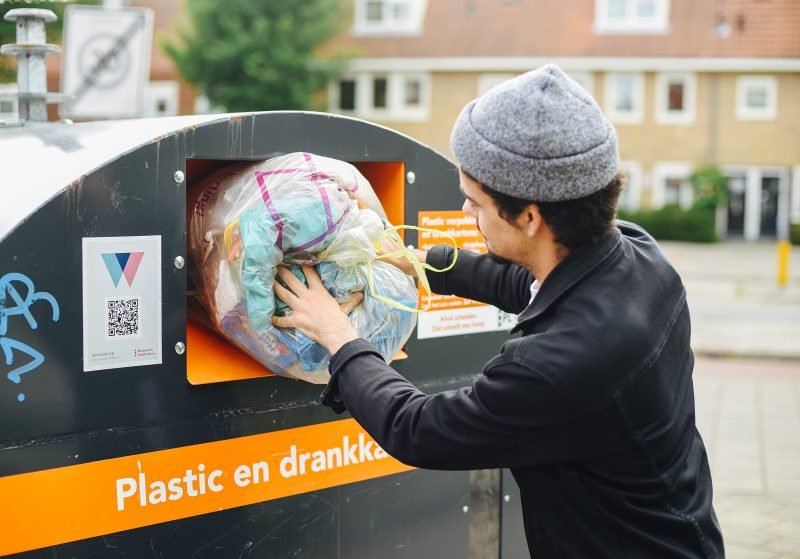Archibiotect Vincent Callebaut Explains What Cities Can Learn From Rainforests
How to prepare our cities for the post-fossil era? The award-winning Belgian-born, Paris-based archibiotect Vincent Callebaut has a vision — and it's truly inspiring. We sat down with him right before his keynote lecture at the opening session of the EU Green Week conference in Brussels.
Callebaut’s portfolio is full of mind-blowing visionary architecture that makes cities and nature become one. Browsing through floating ecopolises, vertical urban forests, and residential buildings with integrated urban farms, you may think that these eco-modernist utopias will never become a reality. But with the urgent need to cut our fossil fuel consumption in the years to come, cities across the world are getting the swing for Callebaut’s spectacular green urbanscapes. By the end of 2018, his first building, a residential tower in Taipei, will be completed — “a prototype project that will be able to absorb 135 tons of carbon per year, and produce all the necessary energy for the inhabitants directly on-site.” There’s more exciting projects planned in Cairo and Paris.

The Tao Zhu Yin Yuan project in Taipei is expected to have 25,000 (!) plants on its balconies. Integrating nature into architecture requires a completely new skillset from architects.
“True. The challenge for architects is to smoothly integrate other disciplines into the design process. We’re working a lot with engineers to integrate agronomy into our buildings. We also collaborate with research institutes like the MIT and the Singapore University, with whom we’re investigating floating habitats. The architect becomes an orchestra director — he doesn’t know how to play each instrument, but he knows the musical score and he knows how to direct the musicians. In order to create the perfect eco-building, you’ll have to bring all the different disciplines together.”
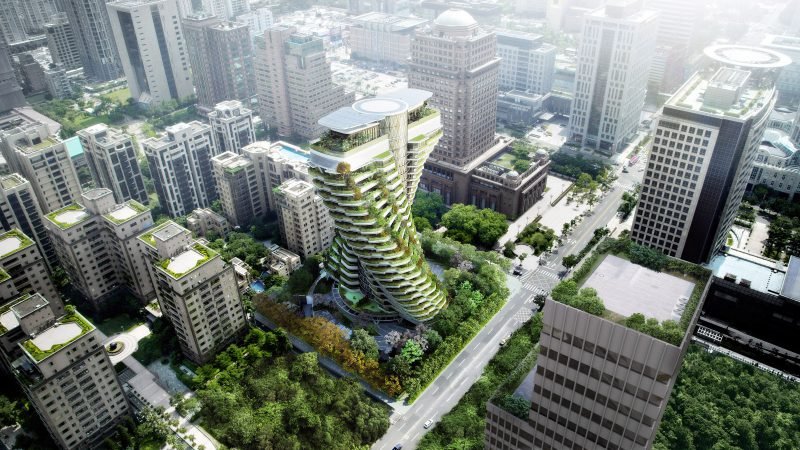

Where does your inspiration come from?
“Our team is truly passionate about biomimicry — studying the shapes and structures of life in nature to integrate it into architecture. The Lilypad, a floating city for climate refugees, or the Dragonfly, a vertical urban agriculture skyscraper for New York, are good examples of how we applied biomimicry to architecture. Another big inspiration of mine is the Amazon rainforest, in which there’s no such thing as pollution. Each form of waste becomes a resource for other forms of life. This is what we want to reproduce in cities. A city shouldn’t be an agglomeration of — what I’d call — shoe boxes, but an organic structure.”
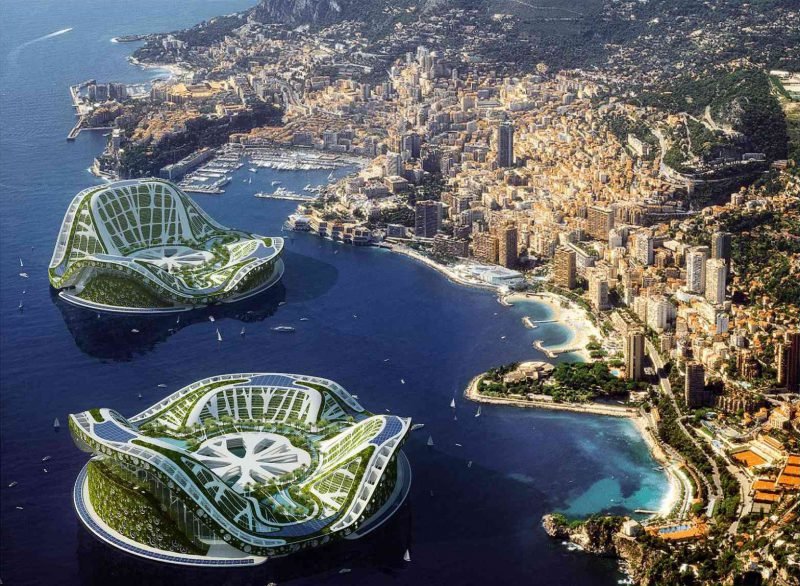
You once stated that our cities, with all their stacked shoe boxes along traffic corridors, are very much based on individual mobility. How’s that going to change?
“Inspired by Modernist ideas, today’s cities are structured like monofunctional neighborhoods. Mobility became important for people to move from one function to another function. My parents, for example, lived in the suburbs and took the car to go to work in the city. This has resulted in horizontal urban sprawl that’s hardly energy-efficient. Today’s challenge is to create multifunctional cities in which each and every area has a multitude of functions and activities. For the past three years we’ve been working on the Paris Smart City 2050 project, which proposes a vertical densification. First, every building will produce more energy than it can consume. Second, vertical urban farms will allow food production to be close to the consumers. And third, the introduction of soft mobility — less cars and more public spaces for cycling and walking. This vertical urban densification embodies the transition from a linear economy to a circular economy that’s based on renewable energy and recycling of all waste.”
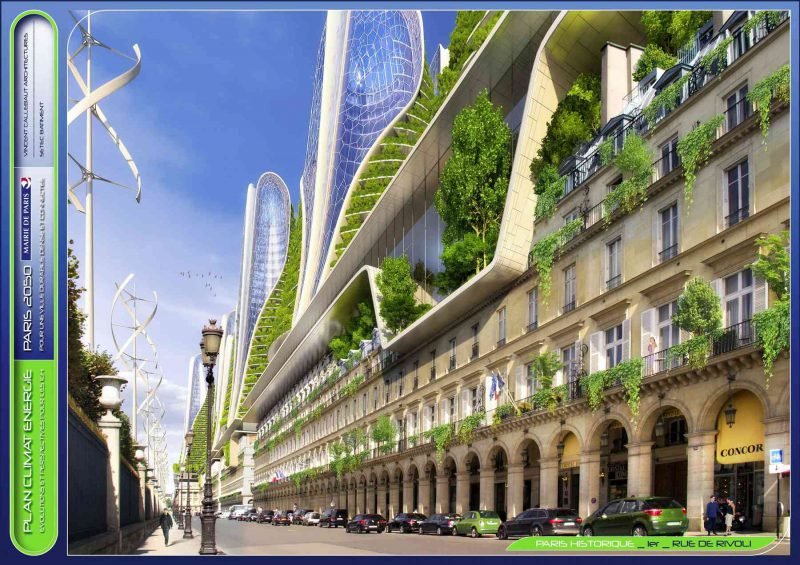
There seems to be quite a gap between your futuristic ideas and the reality in today’s cities. How do you deal with that?
“With a society based on immediate profits, decision-makers tend to have a short-term vision. However, to create sustainable urban environments you’ll have to look 30-50 years ahead. We’re happy that the Mayor of Paris asked us to create a vision for 2050. This allowed us to look at re-imagine the city as a whole — society, mobility and buildings. What I like about younger generations is that they prefer access over ownership. This attitude accelerates the transition to an economy based on sharing resources.”

How do you imagine nature to become part of our living environment?
“Due to the densification of cities, there’s more and more pressure on green spaces. That’s why I see a role for nature to be directly integrated into buildings. For leisure, but also for urban food production. Increasing numbers of citizens want to move away from mass-produced food full of chemicals. They want to reconnect to what’s on their plate, and they’re becoming interested in growing their own food — also in the city. We can make that happen by turning agriculture into urbaculture.”
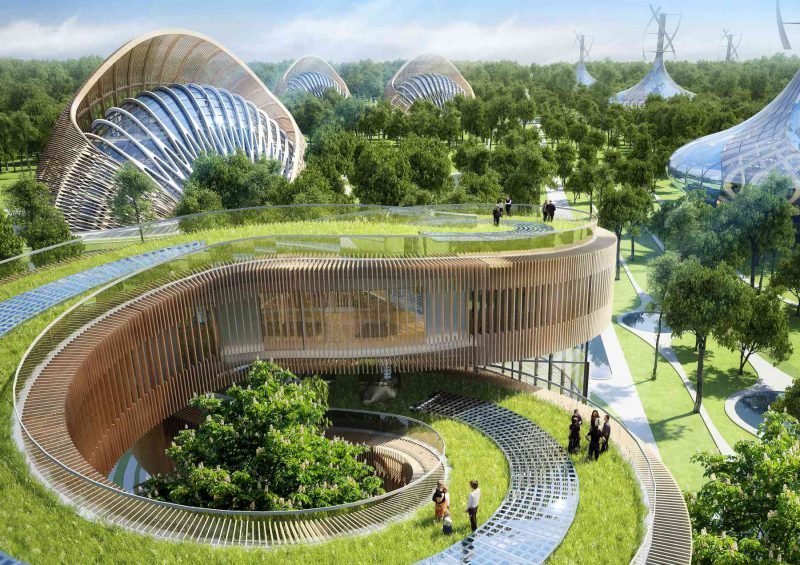
With 70% of humanity living in cities by 2050, how do you see the role of the countryside?
“Isn’t the future of cities on the countryside? Connections allow us to work together without being together. With our Flavours Orchard project, for example, we aim to limit the massive rural exodus in China. It proposes 45 positive-energy buildings with space for co-living and co-working in the middle of a huge, agroforestry orchard. Since the residents no longer have to spend hours commuting, they’re now able to grow their own food.”

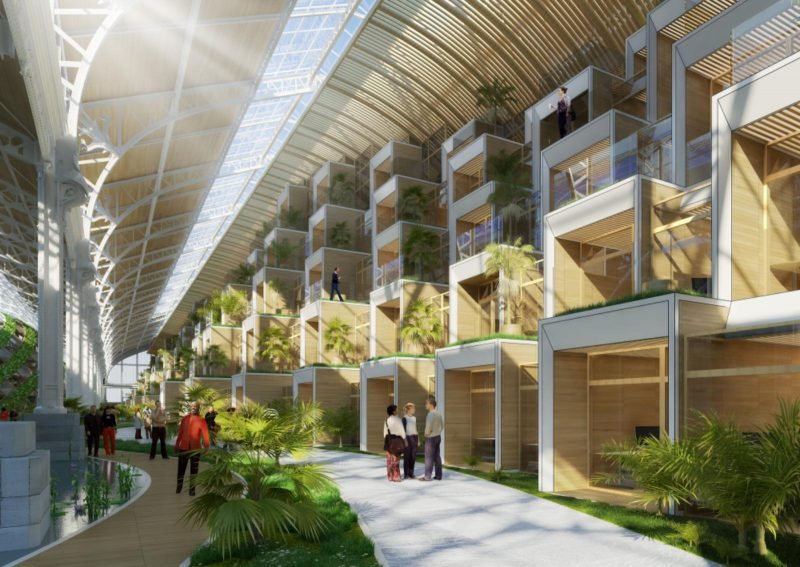
What are the challenges for your office?
“Our strategy was to respond to the economic and environmental crisis through imaginaries that could be brought into reality in 30 to 50 years — like the Lilypad or the Dragonfly. People in Europe told us we’re dreamers, while we found that developing countries are more receptive to our ideas. But in our current projects in Brussels and Paris, we’re demonstrating that it’s perfectly possible to develop such green utopias with a budget of €1,500 per square meter — the European average. So our ideas are perfectly feasible and not far-fetched! Now the challenge for us is to think beyond architecture and make outdated logistics and building industries realize they have to re-invent themselves in order to respond to the new societal needs. We’re organizing workshops with these industries to make them part of the energy transition. It’s bigger than them. It’s new jobs, new professions, and new business models — with respect to nature and the planet.”
